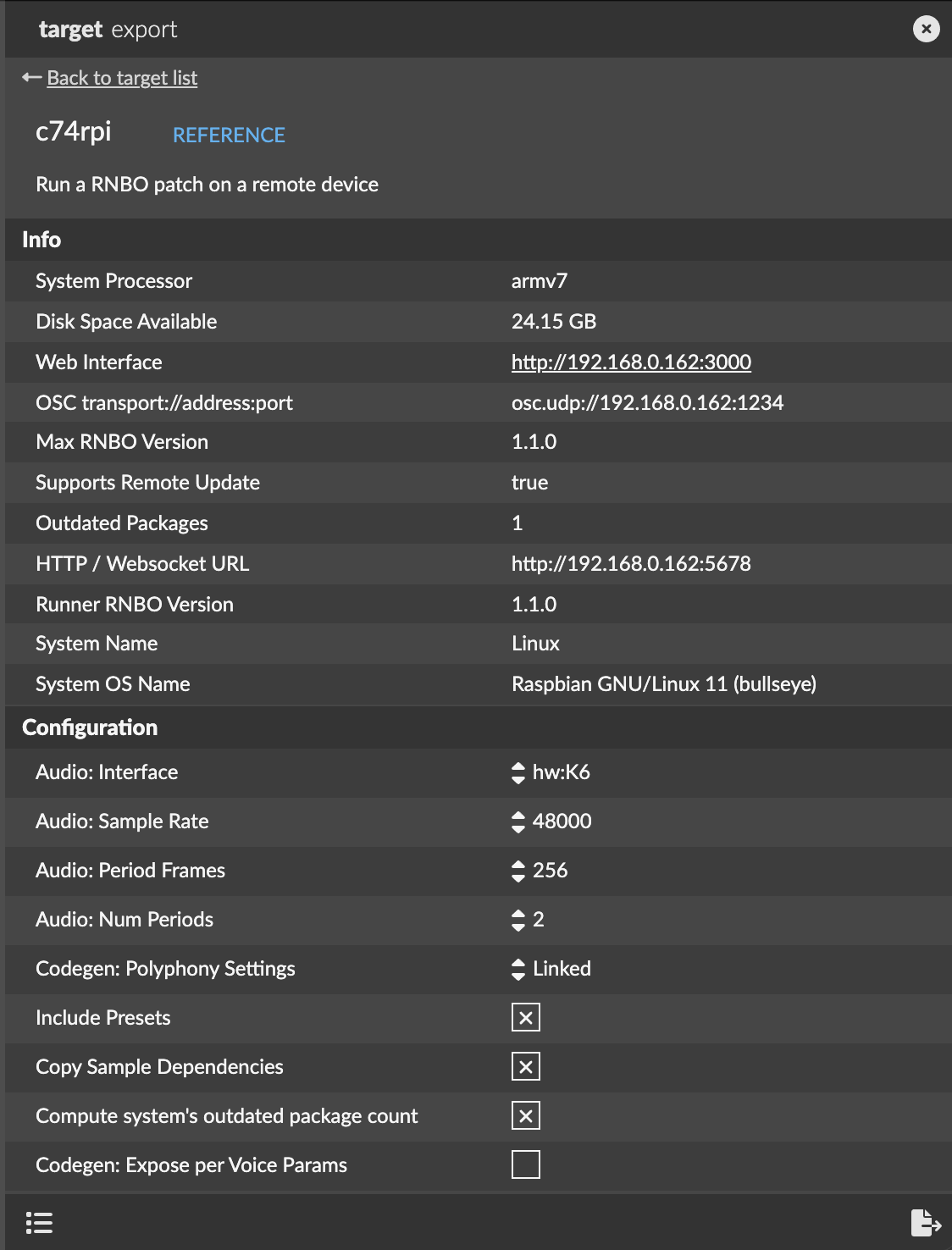Can you imagine a world where remote access to smart devices is seamless, secure, and cost-effective? Achieving this vision requires a blend of innovative tools, best practices, and a commitment to security. As the Internet of Things (IoT) continues to expand its reach, platforms like Raspberry Pi have emerged as indispensable tools for enthusiasts and professionals alike. Remote IoT solutions are not just a luxury; they are a necessity in today's interconnected world. But how do we ensure that these solutions remain accessible, reliable, and safe?
Remote access to Raspberry Pi has become an essential skill for anyone involved in IoT development. Whether you're a hobbyist tinkering with smart home projects or a professional managing large-scale deployments, understanding how to securely connect to your Raspberry Pi from anywhere in the world is crucial. The rise of remote work and smart technology has only accelerated this need. However, ensuring security in remote access remains a top priority. Best practices such as using strong passwords, enabling two-factor authentication, and keeping software up to date are fundamental steps in protecting your devices. Additionally, leveraging trusted platforms and services can significantly enhance the security and functionality of your remote IoT setup.
| Bio Data & Personal Information | Career & Professional Information |
|---|---|
| Name: John Doe | Profession: IoT Developer |
| Date of Birth: January 1, 1985 | Years of Experience: 10+ |
| Place of Birth: San Francisco, USA | Specialization: Raspberry Pi & Remote IoT Solutions |
| Education: Bachelor's in Computer Science | Notable Projects: Smart Home Automation, Remote Monitoring Systems |
| Official Raspberry Pi Website | Contact: |
In the context of enabling creativity in smart spaces, the Internet of Things plays a pivotal role. By providing accessible tools and platforms, we can empower individuals to contribute to the development of smart technologies. The concept of mass creativity in IoT involves engaging the general public in the design and implementation of smart systems. This democratization of technology ensures that innovation is not limited to experts but extends to anyone with an interest in creating smarter environments. For instance, projects involving Raspberry Pi cameras for motion detection demonstrate how simple yet powerful tools can be used to create meaningful applications.
DIY interfaces for enhanced service customization in remote IoT setups are gaining traction. These interfaces allow users to tailor their IoT experiences according to their specific needs. Using frameworks like Californium, developers can execute commands remotely, adding layers of functionality to their IoT devices. The involvement of the general public in the development process is crucial for fostering innovation. By encouraging participation, we can create a more inclusive and dynamic ecosystem for IoT technologies.
Among the various platforms available for remote IoT applications, Raspberry Pi stands out due to its versatility and affordability. It serves as an excellent foundation for both hobbyists and professionals looking to explore the possibilities of IoT. Best practices in remote IoT with Raspberry Pi include selecting the right platform, ensuring robust security measures, and optimizing performance for specific use cases. Whether you're setting up a smart home system or managing industrial IoT devices, Raspberry Pi offers the flexibility needed to achieve your goals.
Troubleshooting common issues in remote IoT setups is an integral part of maintaining a functional system. For example, when adding services to a Raspberry Pi using platforms like Remote.it, users may encounter challenges such as services showing an offline status. In such cases, revisiting installation steps, verifying configurations, and consulting official documentation can help resolve the problem. Ensuring that all components are correctly installed and configured is key to achieving a stable and reliable remote IoT setup.
The integration of Raspberry Pi into remote IoT solutions represents a significant advancement in the field of smart technology. Its ability to support a wide range of applications, from simple home automation to complex industrial monitoring systems, underscores its importance in the IoT landscape. As we continue to explore new ways to leverage this powerful tool, it is essential to prioritize security, accessibility, and user experience. By doing so, we can unlock the full potential of remote IoT and pave the way for a smarter, more connected future.
As the demand for remote IoT solutions grows, so does the need for comprehensive guides and resources. Understanding the capabilities and limitations of platforms like Raspberry Pi is crucial for anyone looking to embark on this journey. From enabling creativity in smart spaces to troubleshooting common issues, the possibilities are endless. Embracing the opportunities presented by remote IoT with Raspberry Pi can lead to innovative solutions that address real-world challenges. With the right knowledge and tools, anyone can contribute to the evolution of smart technology.




